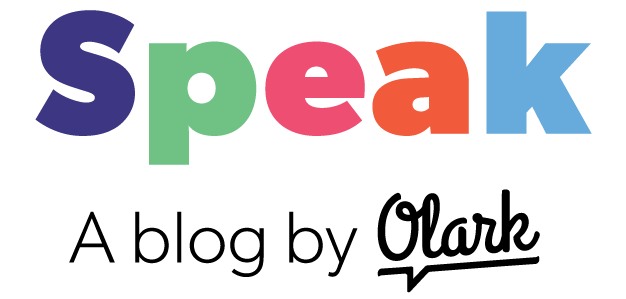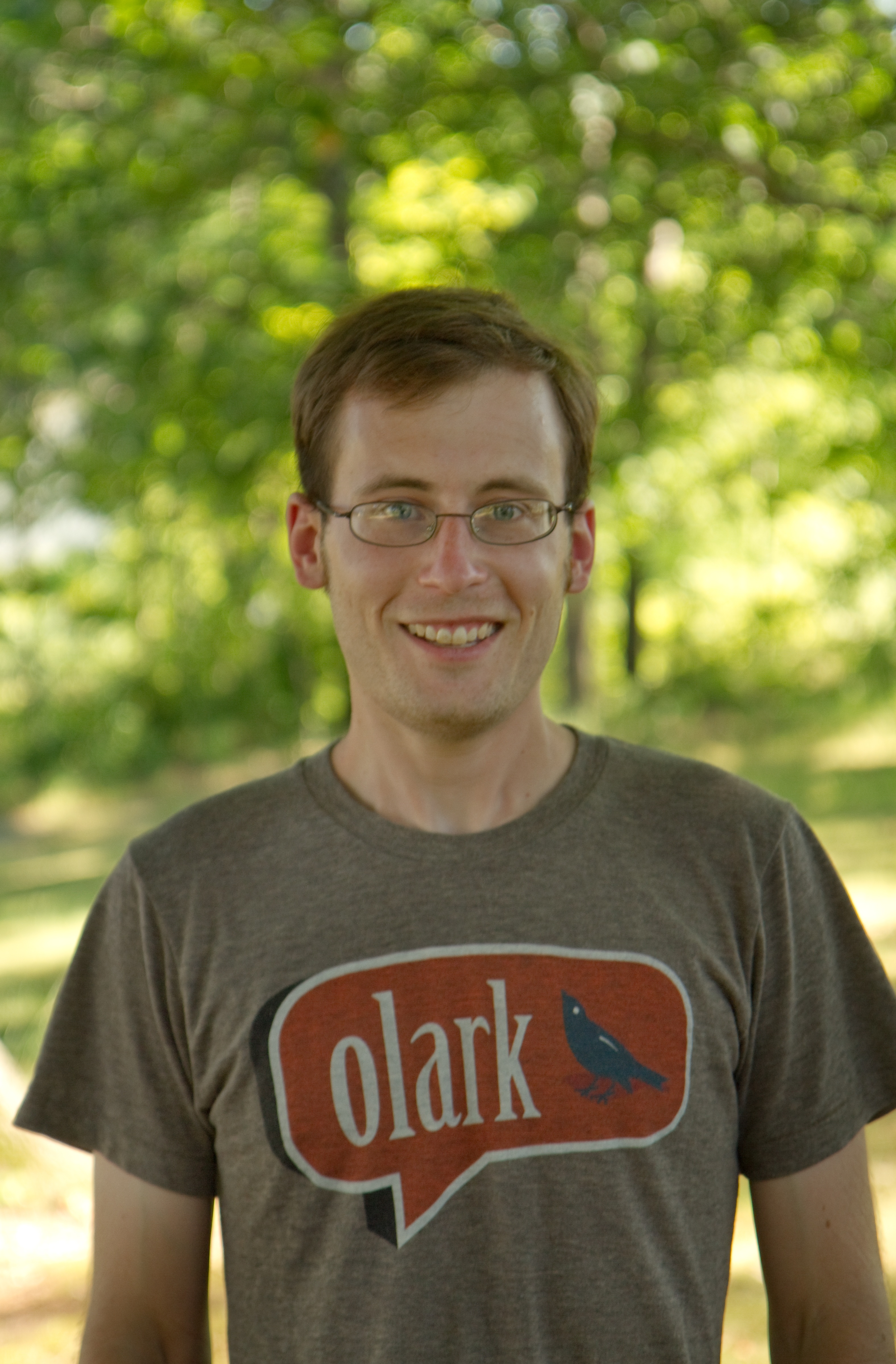
Olark is the first software company I co-founded. Starting out I really had no idea what to expect. Previously I worked for several years as an early employee at another startup, so I had a fuzzy picture in my head of what I wanted Olark to look like, but I wasn’t sure how to get there or how long it would take.
Now it’s 2015, our team is over 30 people, and we have thousands of customers. People ask me all the time about those early years: how long it took to become profitable, what “typical” revenue growth looks like, or when to make that first hire. Time has really put those first few years into perspective, and as we get set to cross a major customer milestone next week, I thought it’d be helpful to share what those early years were like for us.
2009 - Getting Started
2009 was a big year for Olark. We transitioned from a side project to a real business, we were in the summer batch of Y Combinator, and two of our four co-founders (myself included) joined the team. For most of the year, it was just us co-founders living in a small apartment in Mountain View, California. We lived and worked together, spending most of our time working.
As our Y Combinator batch wound down we had a big decision facing us. Typically, companies still operating at the end of the program raise a round of funds ranging from hundreds of thousands to millions of dollars. But 2009 was no ordinary year. It was the worst part of what would later be called “the Great Recession”, Sequoia was warning it’s portfolio companies that it was R.I.P. Good Times, and it would be the first year in decades the GDP of the United States decreased year-over-year.
Raising money meant we could grow our team almost immediately, but we’d have take time off from building our product to coordinate raising a round. We’d also be selling a fairly large portion of our company, and the turbulent economy meant that company valuations (and consequently how much we could raise) were lower than usual. Investors can also be excellent mentors, but between YC and our personal network we felt confident we could get good advice.
We took a look at our personal finances, knew we would be okay with minimal salaries for a year or two if needed, and decided to just raise a little bit of funding from some angel investors just in case.
It’s difficult to underscore how unusual this decision was. To my knowledge, the only YC companies that have ever decided to bootstrap on $100k or less are Wufoo and Olark.
If I could go back, would I make the same decision? I’m not sure. I don’t think I would live with my co-founders again (sorry guys; I love you, but I need my space!) but being lean forced us to relentlessly focus on getting to profitability. We also ironed out a lot of communication and coordination issues that would only have been magnified by growing quickly.
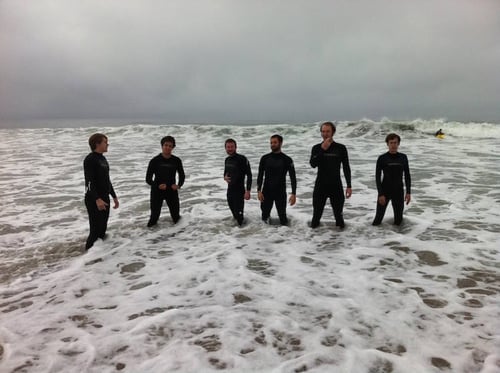
2010 - Big Dreams
Initially, I thought after working on Olark for a year we would have $1m / year in revenue and be turning down multi-million dollar acquisition deals left-and-right.
Spoiler alert: That did not happen.
In reality it took a long time for us to build up our product, get the word out, iterate on customer feedback, and grow our revenue. How long? The first line of code for Olark was actually written in 2007, but it wasn’t until 2009 that we decided to build a company around our live-chat product.
Here is what our revenue growth looked like in 2010:
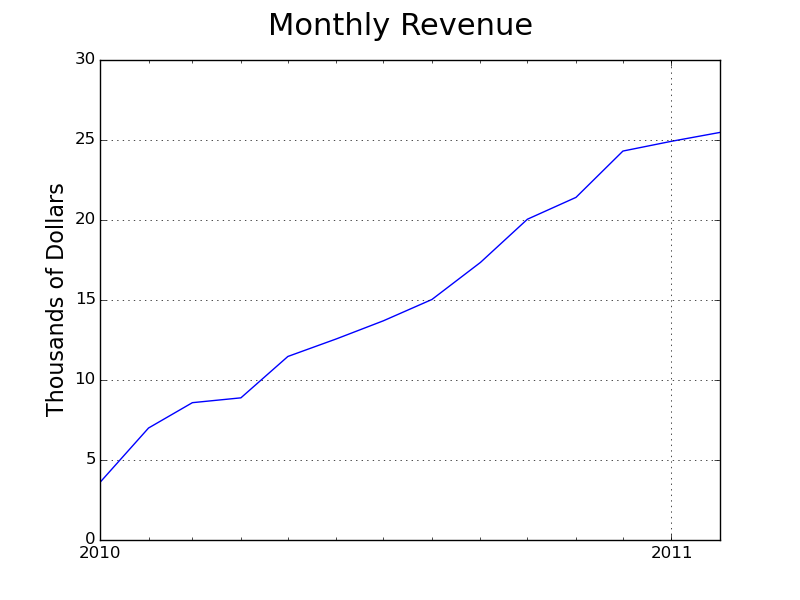
At this point I was starting to worry. Our revenue was growing, sure, but after server costs and credit card transaction fees there wasn’t that much to pay the four co-founders, let alone start hiring people. Should we keep plugging away? Should we pivot? Should we turn Olark into a lifestyle business? Were my growth expectations unreasonable?
We had some tough conversations. Even though revenue wasn’t growing as quickly as we liked, we were getting tons of positive customer feedback and it seemed like only a matter of time before our product started taking off. We were dramatically increasing the quality and reliability of Olark, and so we decided to increase our pricing as well. Our Bronze plan started off as $5 / month in 2009, was $9 / month for most of 2010, and would now be $17 / month for new customers in March of 2011. What was the result?
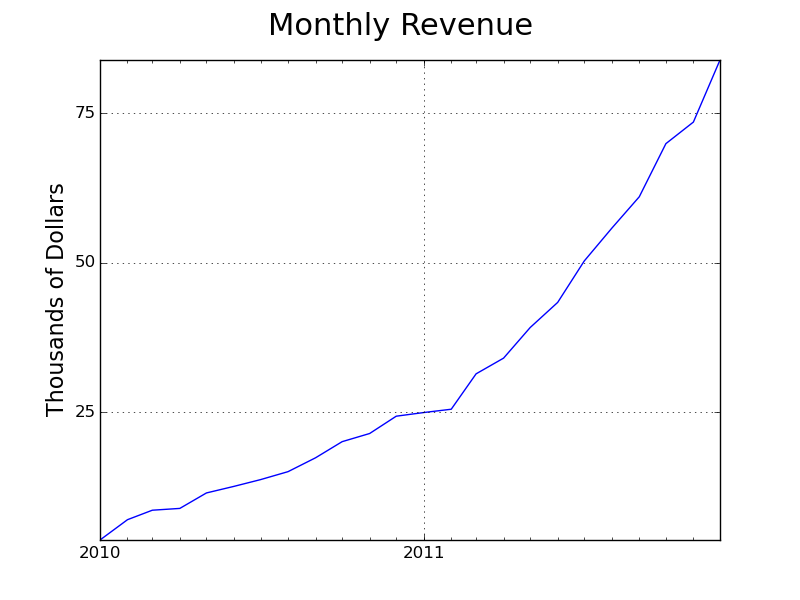
Holy cow! Were customers taking our product more seriously as we charged more for it? Did we cross some magic threshold of quality and reliability? Or did we hit a critical mass of users and suddenly start growing due to word-of-mouth referrals? It’s hard to say, but this I know: it might take more than a year for you to kick your growth engine into gear, and surprisingly it isn’t all about product. Product is important, absolutely, but don’t just pivot without also thinking about quality, pricing, marketing, and how they all fit together.
2011 and Beyond - Building the Team
With our increased revenue we could finally build a team beyond the co-founders. I missed Michigan terribly, and after some tough conversations with my co-founders I decided to move back to Ann Arbor and start an Olark office there. Our first employee, Aaron, joined us in March to help with engineering. Aaron had previously worked with one of the co-founders and was able to start contributing to Olark very quickly. He lived in Virginia though, and in the course of a few months Olark went from being in one city to three. Everyone at Olark had worked with remote teams before, but we were speeding towards another major decision: was our company going to embrace being remote or would we try to be in a few geographic locations?
We hemmed and hawed. Our next several hires were in the Bay Area and Ann Arbor, but after engaging teammates in Toronto and New York it was settled - Olark would embrace remote culture and a distributed team.
We now have Olarkers in 18 different cities, mostly in North American time zones when our customers are most active. We use remote collaboration tools heavily - collaborative editing in Google Docs, messaging with co-workers during the day over HipChat, and we’ve tried pretty much every teleconferencing system available. We make a point of meeting in person periodically - 2012 saw our first whole-company retreat where we took a week to meet up in person and talk about the future of our company. We also have an annual “Lighting of the Redwood” holiday party and a number of smaller informal gatherings throughout the year.
That’s All...For Now
If you decide to start a company, or are thinking about it, hopefully this gives you a better idea of what to expect those first few years. There are a thousand tiny decisions and changes we made during that time, but those early decisions around fundraising, pricing, and team were definitely the major factors that shaped how Olark would grow for years to come. It's been a crazy ride so far, and next week will unveil even more insight on what the journey has been like, and what we've learned along the way.
UPDATE: Chris Psaltis asked in the comments about how our number of customers changed over 2010 and 2011 compared to our revenue. We were curious, so we pulled the numbers:
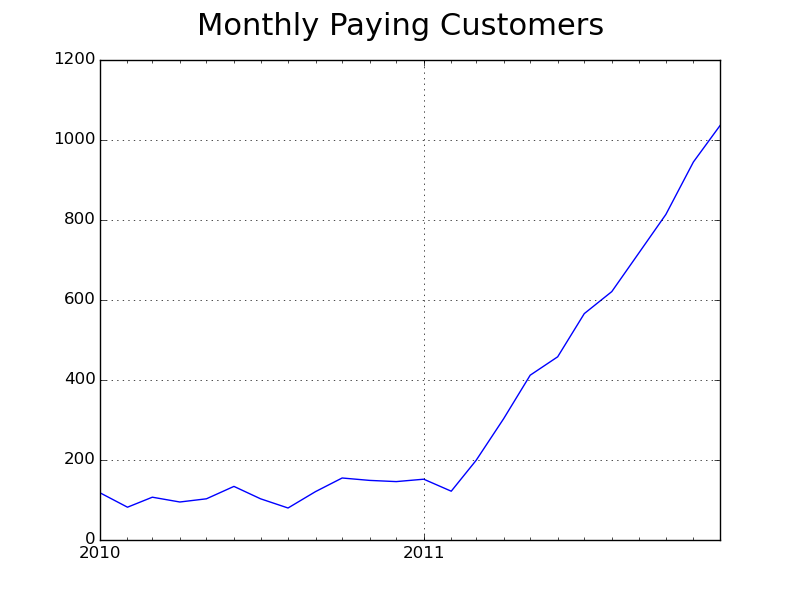
This raises an obvious question - why was our revenue going up in 2010 while our number of paying customers was only increasing slightly? Remember that in 2009 our base plan was $5 / month; these customers churned a lot. In 2010 our base plan was $9 / month, so as we replaced customers we were increasing total revenue. Finally in 2010 we found the price point that attracted the right kind of customer and very quickly got traction. This just underscores that although product is incredibly important, if you are failing to find traction you should also be thinking about pricing, quality, and marketing.
